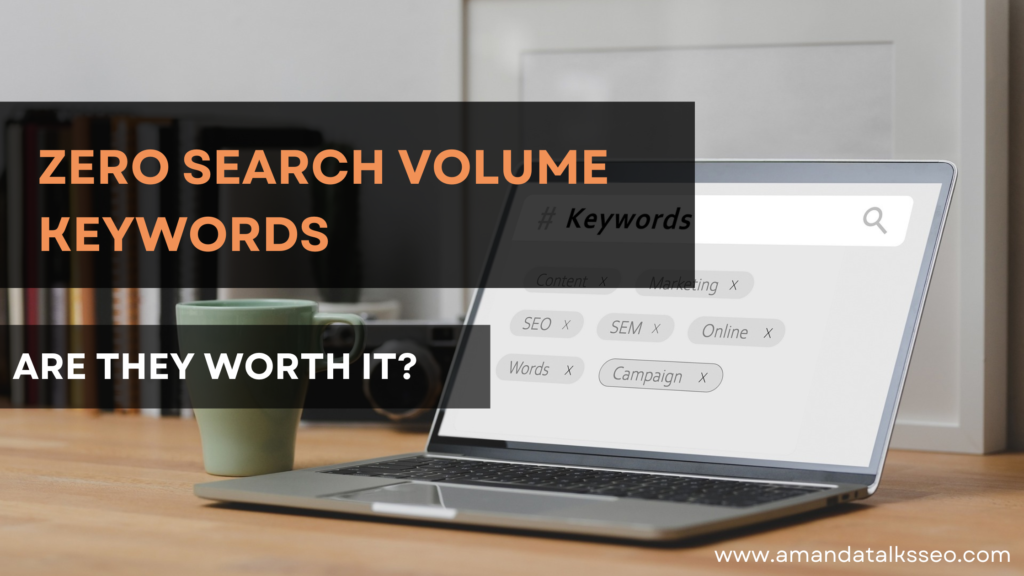Every website must have a structure.
And of course, a structure is absolutely necessary for everything you want to do.
Except for having fun of course. Don’t ever have a structure for that.
But, even if a website has a structure, is it the best website structure for SEO?
I’m ashamed to admit this, but I learned about SEO website architecture a lot later in my journey.
And boy! When I learned, I realized what a lot of companies were doing wrong and how they could get more visibility and organic search traffic.
In this blog post, we will discuss how to build a website architecture that’s SEO-friendly.
Table of Contents
Key Takeaways
- Building a website that is SEO-friendly requires a well-planned website architecture.
- A website with a solid architecture will not only improve the user experience but also help search engines to crawl and index the website’s content efficiently.
What is Website Architecture?
Website architecture refers to the overall design and structure of a website.
It encompasses how the various pages, features, and elements of a website are organized, arranged, and connected.
A good website architecture is essential to creating a website that is user-friendly, visually appealing, and easy to navigate.
This includes:
- determining the hierarchy of pages and sections,
- deciding on the placement of menus and navigational elements, and
- establishing how users can interact with the website’s features.
Why Website Architecture Is Important For SEO
In addition to user experience and technical considerations, website architecture also plays a critical role in search engine optimization (SEO). Here’s how:
1. Aids in crawling and indexing your website
If you’re not familiar with what crawling and indexing are, I recommend you check out my SEO glossary.
It has more than 70 SEO terminologies that’ll help you start conversing like a true SEO expert.
A well-structured website architecture makes it easier for search engine bots to crawl and index your website.
This means that your website’s pages will be discovered and included in search results more quickly.
2. Enhances user experience
Search engines and users alike care a lot about users’ experience. This is why Google performs updates in order to better serve its users.
So, a clear and organized website architecture makes it easier for users to navigate your website and find the information they are looking for.
This leads to a low bounce rate and higher engagement, which also improves your search engine rankings.
3. Helps to prioritize important pages
A good website architecture is essential when prioritizing pages of a website.
As important as the entire website is, we cannot deny that certain pages are more important than others.
For example, your home page might be more important than your contact page.
4. Builds internal linking
Internal linking means connecting each page of your website and distributing link juices, so Google bots and users alike can easily navigate through your website.
A well-structured website architecture supports effective internal linking, and can overall improve your website’s visibility, ranking, and user experience, all of which are important factors for SEO success.
Step-By-Step Guide on How to Build a Website Architecture for SEO
Now that we know how important website architecture is, let’s look at some step-by-step processes to build the best website architecture for SEO.
1. Define your website’s purpose
What is the purpose of your website? Answer this question before choosing a web structure.
Your website’s purpose could be to sell products, offer services or even just provide information.
An e-commerce website will undoubtedly have a different structure than a website which provides solely just information.
However, if your website’s purpose changes in future, you can always restructure it.
And this is exactly what I did for my client.
2. Site structure and organization
As mentioned earlier, a well-organized website structure makes it easier for search engine crawlers to understand the hierarchy of your content and how pages relate to each other.
Ensure that your website’s pages are logically organized and interconnected, with clear categories and subcategories, to make it easy for both search engines and users to navigate.
You can check amandatalksseo.com for a practical example.
3. Conduct Keyword Research
This step is very important when building an SEO-friendly website.
Identify and analyze the keywords and phrases that people use to search for your products or services.
But here’s another tip I noticed that most companies don’t do – they don’t try to rank for their services page.
Your service page is probably one of the best ways to increase conversion and earn some money because service pages match transactional intent!
When users search for: the best English-to-French translation, your home page could pop up, but what’s sure to pop up is your service page that offers English-to-French translation!
Pro-tip: When optimizing your services page, give each service its own page and optimize it for one keyword. Remember, one keyword per page. Even if it means creating categories and subcategories.
4. Use Intuitive Navigation
Intuitive navigation helps users find what they’re looking for quickly and easily.
Use descriptive labels for navigation menus and organize them in a logical order to create a better user experience and improve SEO.
5. Create a URL structure
URL structure is another critical element of website architecture.
It should be simple, descriptive, and easy to understand.
Pro tip: Use keywords in your URL to help search engines and users understand what the page is about. And avoid using dynamic URLs or special characters in your URLs.
6. Create a sitemap
A sitemap is a hierarchical list of pages on your website. It helps search engines crawl and index your website’s content effectively.
A well-structured sitemap should have a logical hierarchy and include all pages on your website. You can create a sitemap manually or use a sitemap generator tool.
In my future blogs, I’ll show you step-by-step or via a video tutorial how to generate a sitemap and submit it in Google Search Console.
7. Use header tags
Header tags (H1, H2, H3, etc.) are HTML tags that indicate the importance of headings and subheadings on your webpage.
Using header tags helps search engines understand the structure and content of your webpage.
Make sure to use only one H1 tag per page and use other header tags to break up your content into sections.
8. Use internal linking
Internal linking is the process of linking one page on your website to another page on the same website.
Internal linking helps search engines and users navigate your website easily.
It also helps distribute link equity throughout your website.
Pro-tip: Make sure to use relevant anchor text when linking pages on your website.
9. Use responsive design
A responsive design is a design that adjusts to different screen sizes, including desktops, tablets, and smartphones.
It is essential because traffic can come from any of those devices. So you have to ensure that your website is suitable for all.
10. Mobile optimization
Mobile optimization is critical for SEO, as mobile usage now accounts for the majority of online traffic.
A responsive design that automatically adjusts to mobile screen sizes is essential for a good user experience and can positively impact SEO.
Additionally, ensure that page load times are optimized for mobile devices, as slow loading times can negatively impact search engine rankings.
In the coming blogs, I’ll go more into detail on the different and best website architecture for SEO including their pros and cons.
So make sure you subscribe to get it delivered straight to your inbox!


